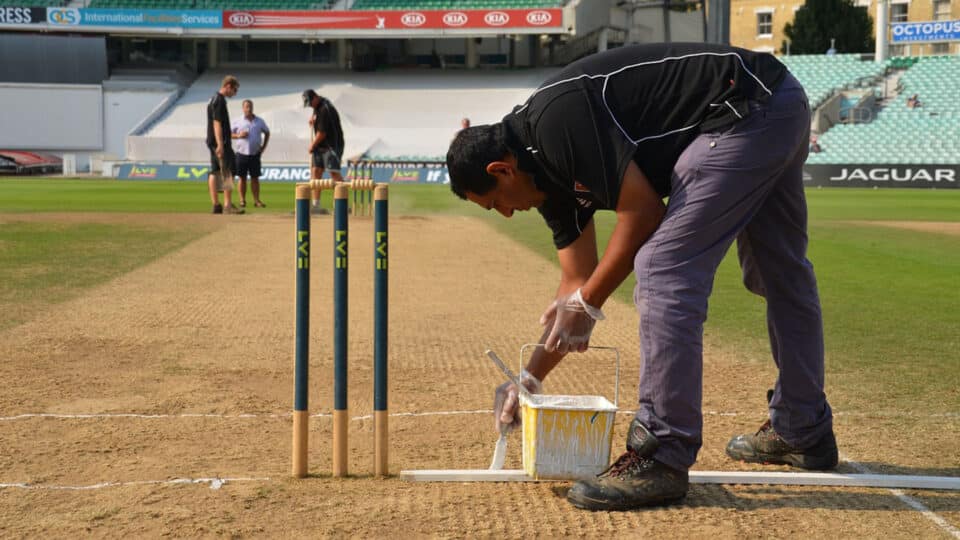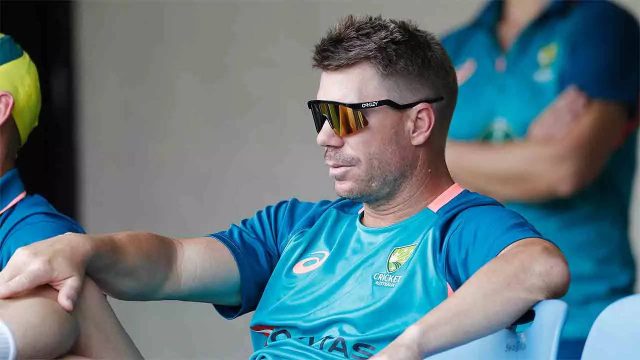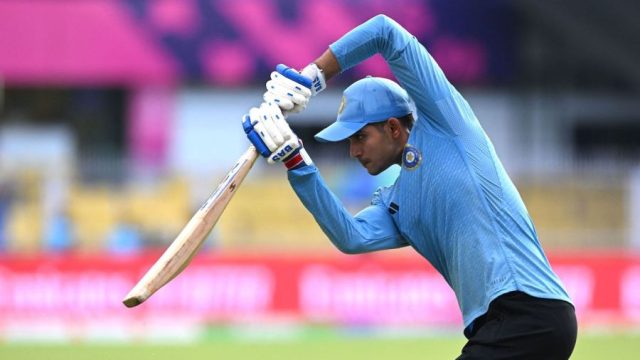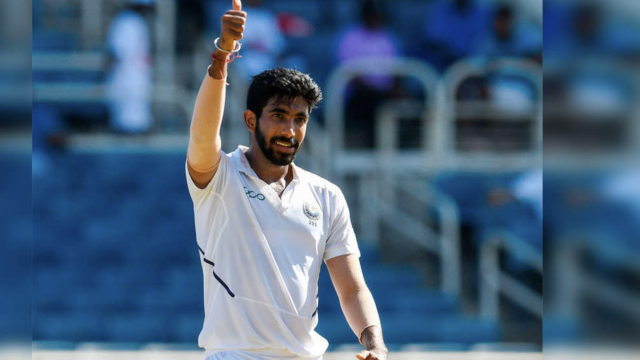How long is a cricket game?

If you have ever sat down in front of the TV on a summer’s day watching the world’s best wielding the willow, you may wonder, how long is a cricket game?
Cricket games can vary in length depending on the format of the game being played. Here are some common formats and the approximate length of each:
- Test cricket: Test matches are the longest form of cricket and can last up to five days. However, most test matches are completed within four days.
- One Day International (ODI): ODI matches are limited to a single day and are typically completed in about 8 hours.
- Twenty20 (T20): T20 matches are the shortest format of cricket and are typically completed in about 3 hours.
In all formats of cricket, there are intervals for lunch and tea breaks, as well as other breaks for drinks. The actual length of play during a cricket match is also affected by factors such as the number of overs being played, the number of wickets that have fallen, and the amount of time taken for each over.
How long is a test match?
In test cricket, each team plays two innings, with the team batting first trying to score as many runs as possible before being all out, and the team batting second trying to either score more runs than the first team or to bat out the remaining time in the match and secure a draw. Test matches are played over a maximum of five days, with each day consisting of six sessions of three hours of play, with breaks for lunch and tea. However, most test matches are completed within four days.
The length of a test match can also be affected by the number of overs that are played in each innings. The number of overs is typically limited to around 90-100 per innings, although this can vary depending on the specific rules of the series or tournament being played. The length of each over is six balls, and the interval between overs is typically around two minutes.
Test cricket is known for its strategic and tactical nature, with teams often looking to conserve their resources and play for time in order to secure a draw. As a result, test matches can sometimes be slow-paced, with long periods of play without much action. However, the drama and tension of a closely contested test match can make it an exciting and rewarding experience for fans of the game.
How long is a one-day international?
One Day International (ODI) cricket is a form of limited overs cricket in which each team plays a single innings, limited to a maximum of 50 overs. ODI matches are played over a single day, with each team batting for a maximum of 50 overs or until all 10 of their wickets have fallen. The team that scores the most runs in their innings wins the match.
ODI matches are typically completed in about 8 hours, with a break between innings. The actual length of play during an ODI match is affected by factors such as the number of overs being played, the number of wickets that have fallen, and the amount of time taken for each over.
ODI cricket is known for its fast-paced action and high-scoring matches, as teams look to score as many runs as possible in a limited amount of time. The shorter length of ODI matches compared to test cricket makes them popular with fans and players alike, as they can be completed in a single day and do not require the extended commitment of a test match.
How long is a Twenty20 game?
Twenty20 (T20) cricket is a form of limited overs cricket in which each team plays a single innings, limited to a maximum of 20 overs. T20 matches are played over a single day and are typically completed in about 3 hours.
The actual length of play during a T20 match is affected by factors such as the number of overs being played, the number of wickets that have fallen, and the amount of time taken for each over. There may also be breaks for refreshments or other time-outs during the match.
T20 cricket is known for its fast-paced action and high-scoring matches, as teams look to score as many runs as possible in a limited amount of time. The shorter length of T20 matches compared to other forms of cricket makes them popular with fans and players alike, as they can be completed in a single day and do not require the extended commitment of a test match or ODI. T20 cricket has become one of the most popular formats of the game, with professional leagues and tournaments being held around the world.
What is the longest cricket game ever?
The longest cricket game ever played was a test match between South Africa and England that took place in Durban, South Africa in 1939. The match, known as The Timeless Test, lasted for a total of nine days, with South Africa eventually winning by an innings and 12 runs.
Test cricket is known for its strategic and tactical nature, with teams often looking to conserve their resources and play for time in order to secure a draw. As a result, test matches can sometimes be slow-paced, with long periods of play without much action. However, the drama and tension of a closely contested test match can make it an exciting and rewarding experience for fans of the game.
It is worth noting that test cricket has changed significantly since 1939, and the length of test matches is now typically limited to a maximum of five days. The rules of test cricket have also been modified over the years to encourage more positive and attacking play, which has led to shorter test matches and fewer draws.
What is the shortest cricket game?
One of the shortest cricket games on record was a Twenty20 (T20) match between the Netherlands and Canada in the 2008 ICC World Twenty20 Qualifier. The match was reduced to just five overs per side due to rain, and Canada won the match by scoring more runs in their five overs than the Netherlands were able to score in their five overs.
Another short cricket game was a One Day International (ODI) match between England and South Africa in 2003. The match was reduced to just 20 overs per side due to rain, and South Africa won the match by scoring more runs in their 20 overs than England were able to score in their 20 overs.
It is worth noting that the shorter formats of cricket, such as T20 and ODI, are generally more susceptible to disruption due to weather and other factors, which can result in shorter matches.
One of the shortest test matches on record was a match between England and South Africa in 1935. The match was completed in just three days, with South Africa winning by an innings and 12 runs.
Another short test match was a match between Australia and the West Indies in 1960. The match was completed in just four days, with Australia winning by an innings and 82 runs.
It is worth noting that test cricket has changed significantly since the 1930s and 1960s, and the length of test matches is now typically limited to a maximum of five days. The rules of test cricket have also been modified over the years to encourage more positive and attacking play, which has led to shorter test matches and fewer draws.





